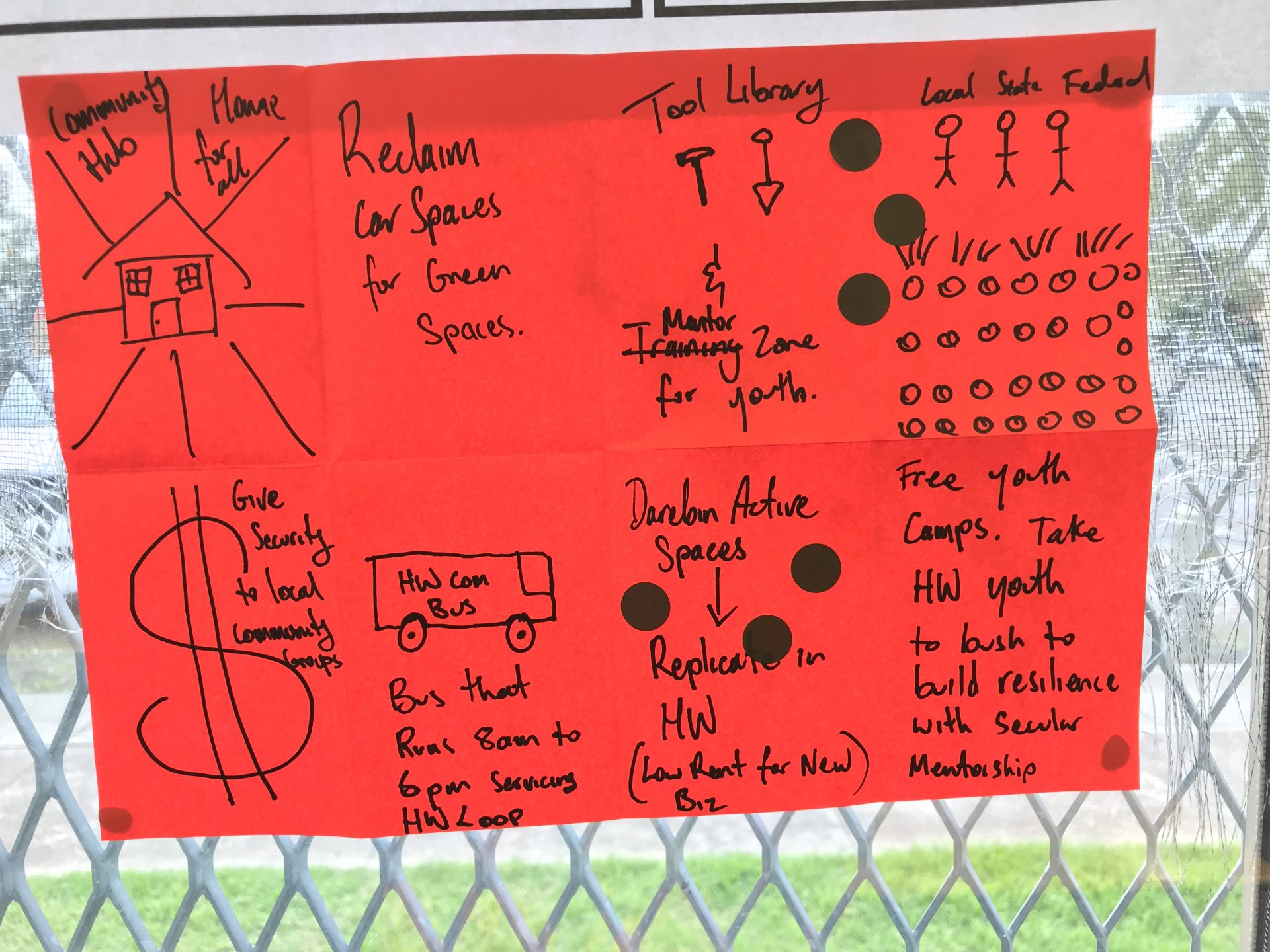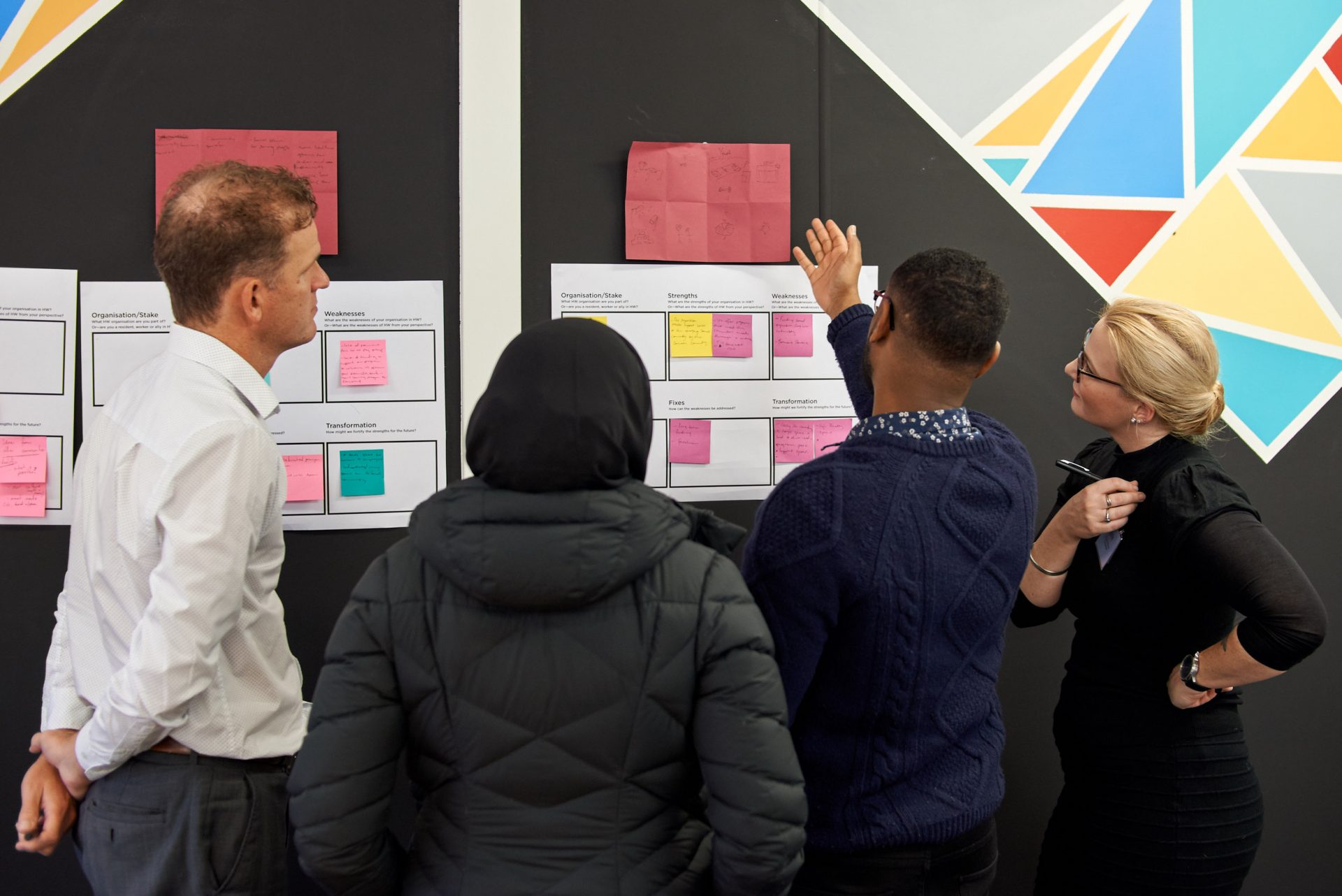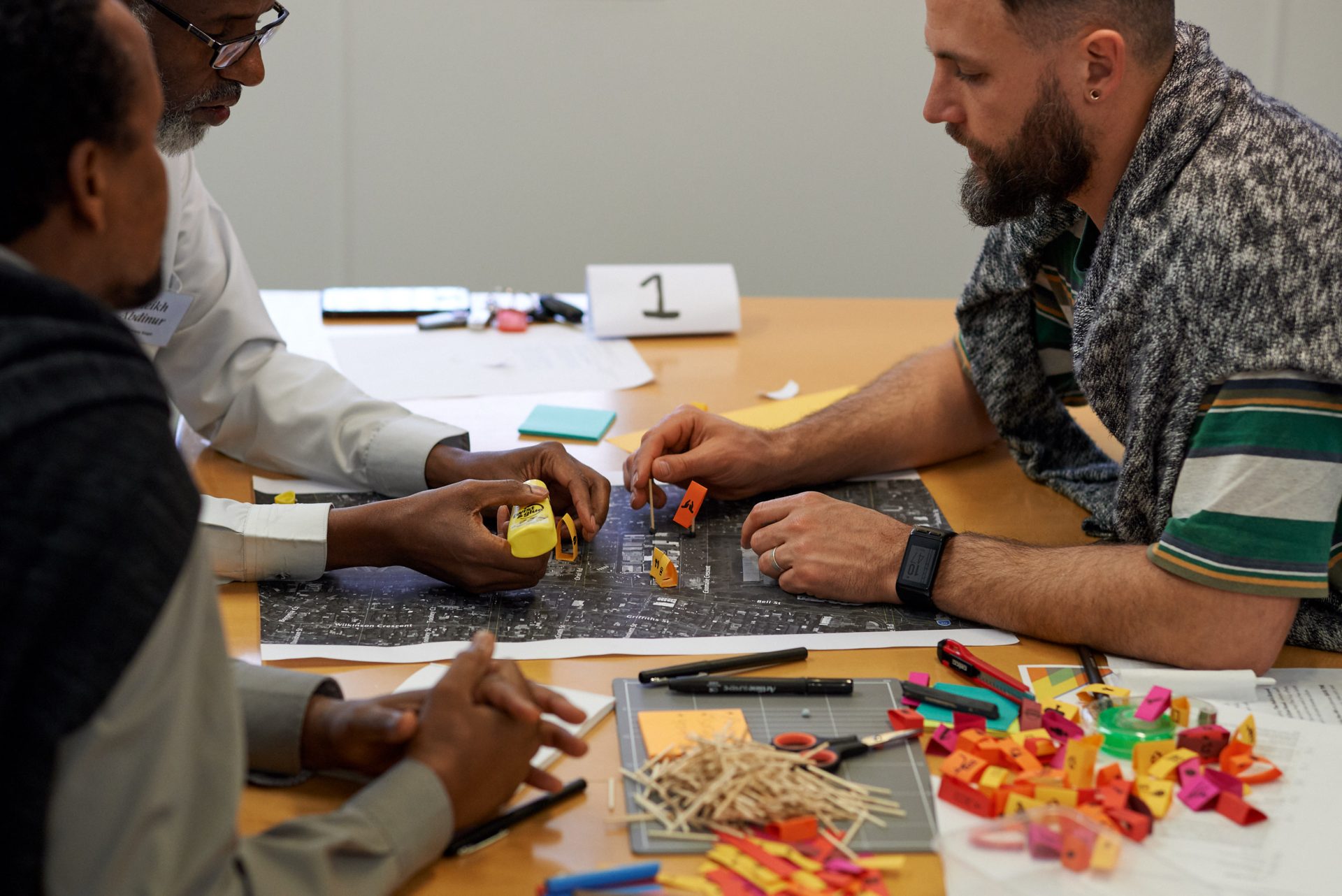Practise-based Research
Gentrifying Heidelberg West: Opportunity or Threat?


Image supplied by ABC: 1956 Olympics athletes village in Heidelberg West¹
Project Description
During the 1956 Olympics in Melbourne, Heidelberg West was the location of a first of its kind athletes village. Detached, individual home-like dwellings, where friends or partners could live in with athletes, broke away from gender segregated, dormitory style accommodation from previous Games. The village was built with a dual purpose to triage Melbourne’s housing shortage for veterans and other people experiencing socio-economic stress, post-war. The swamplands they were built on however meant that they were a temporary fix. With the glitter of the Olympics decades in the past, the humble suburb quickly became entrenched in disadvantage, with poor, ageing, public housing, providing a backdrop to the home of diverse communities with vastly different social needs and aspirations.
Heidelberg West continues to be on the cusp of immense social change. This arises from State Government initiated public-private housing redevelopments in nine inner-city sites under what was at the time of research dubbed, the Public Housing Renewal Program (PHRP). One of the sites is Heidelberg West.
We were privileged to converse with staff and volunteers from two prolific local non government organisations (LNGO), who work to ameliorate social issues many residents face. One in particular addresses historical cultural sensitivity issues for local Somali-Australians, 10% of Victoria’s population of which live in this suburb. The exchanges revealed that while ‘community feedback’ on high-level descriptions of the new developments and urban design proposals was sought, the exact purpose and usage of the data gained from consultations—including how feedback will or won’t be mobilised—had not been disclosed to many residents, nor the LNGOs we spoke with.
Our early engagement suggested that for many in Heidelberg West the purpose of “community engagement” in Heidelberg West around the PHRP was blurry. The following lines of inquiry were developed from these grounded observations:
What is the relationship between community engagement and the role of a designer in realising social equity?
If community engagement is decoupled from the design process—rather than deeply integrated into the procurement and briefing process—why consult a community at all?
Who gets a seat at the proverbial “table” to form a design brief? How is this determined and how might we legitimately democratise this process?
Completion Date
2019
Country / Location
Wurundjeri / Heidelberg West VIC
Project Team
Nikhila Madabhushi
Beth Stewart-Wright
Photography
Björn Rust
Nikhila Madabhushi
Supplied¹

The period of change ahead was flagged by both LNGOs as one that might greatly affect their operational strengths and future continuity. Given the “public-private” nature of the redevelopments however, the question of whether gentrification posed an opportunity or threat for these LNGOs and the residents they work alongside, seemed to depend on how they were positioned and empowered during decision making processes. In light of a potential opportunity, we were engaged to use participatory methods as a mode of assisting our project partners build a case for securing fit-for-purpose, long term spaces that serve theirs—and in turn residents’—needs, through an immense sociocultural shift.
Our work involved consecutive co-creation workshops including a broad cross section of staff from both LNGOs, as well as community leaders from other local grassroots organisations. As significant social service providers in Heidelberg West the LNGO’s needs were specific, largely filtered from self-interest and geared at collective concerns that serve distinct communities within the suburb. The LNGOs acted as non-bureaucratic “custodians” and negotiators of peoples’ needs, setting strong themes around protecting Heidelberg West’s existing cultural profile from erasure, during the workshops.
Diverse oral, drawn, sculpted and written responses from both workshops revealed various ideas and emerging themes that were synthesised to form a preliminary design brief that was given back to the LNGOs to help in lobbying for certain initiatives. Coupling the design brief are a series of recommendations derived from participants during the workshop, on how to mobilise the implementation of new spaces or programs through negotiation or partnership with local authorities or institutions.
Please get in touch with us if you are interested to read a full version of the concluding report for this project.


From Research Participant
” It [was a] pleasure attending the workshop and I found it quite helpful. I particularly liked how the workshop challenged us to not only talk of what our respective communities needs are but also organise the change we wish to achieve in [a] coherent and systemic way, while exploring existing and future opportunities and potential challenges.”
¹Clare Rawlinson. Doing it tough together: Melbourne’s Olympic village community (ABC News) [Internet]. 2016 Oct 03 [cited 2023 Mar 03];Social Wellbeing:[about 2p.]. Available from: https://www.abc.net.au/news/2015-11-09/melbourne-olympic-village-west-heidelberg-doing-it-tough/6916224
